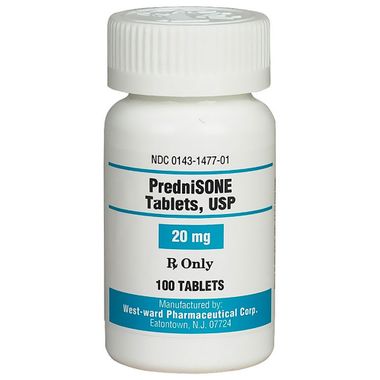What are the symptoms of Sheehan syndrome?
Sheehan syndrome is a condition that occurs due to severe blood loss and decreased blood flow to the pituitary gland during or after childbirth. The symptoms of Sheehan syndrome can vary, but they commonly include:
- Fatigue and Weakness: Extreme tiredness and lack of energy.
- Failure to Lactate: Inability to produce breast milk after childbirth.
- Amenorrhea: Absence of menstrual periods.
- Weight Loss: Unexplained weight loss or difficulty gaining weight.
- Loss of Appetite: Reduced desire to eat.
- Low Blood Pressure: Persistent low blood pressure.
- Depression: Feelings of sadness or depression.
- Cold Intolerance: Sensitivity to cold temperatures.
- Dry Skin: Noticeably dry or thin skin.
- Hair Loss: Loss of hair or thinning hair.
- Slow Heart Rate: Reduced heart rate, known as bradycardia.
- Reduced Libido: Decreased sexual desire.
- Muscle Weakness: Weakness in the muscles.
- Unexplained Fever: Occasional fever without clear cause.
- Reduced Cognitive Function: Difficulty concentrating or memory problems.
Sheehan syndrome is a serious condition that requires medical attention. Treatment typically involves hormone replacement therapy to manage the deficiencies in pituitary hormones and address the symptoms. If you suspect you or someone else may have Sheehan syndrome, it is important to consult a healthcare provider for diagnosis and appropriate management.
What are the causes of Sheehan syndrome?
Sheehan syndrome is primarily caused by severe blood loss and inadequate blood flow to the pituitary gland during or after childbirth. The main causes include:
- Severe Hemorrhage During or After Childbirth: Excessive bleeding during or immediately after delivery is the most common cause. This can be due to complications such as uterine rupture, placental abruption, or other issues that lead to significant blood loss.
- Hypovolemic Shock: This occurs when there is a significant reduction in blood volume, leading to inadequate perfusion of vital organs, including the pituitary gland.
- Inadequate Resuscitation: Failure to promptly and effectively manage blood loss and restore blood volume can result in continued low blood flow to the pituitary gland.
- Complications During Delivery: Conditions such as retained placenta, uterine atony (failure of the uterus to contract properly), or postpartum hemorrhage can exacerbate blood loss and contribute to the development of Sheehan syndrome.
The lack of sufficient blood supply to the pituitary gland leads to its damage or necrosis (tissue death), impairing its ability to produce and secrete hormones. This hormone deficiency causes the various symptoms associated with Sheehan syndrome. Proper management of blood loss and prompt medical care during and after delivery can help prevent this condition.
What is the treatment for Sheehan syndrome?
The treatment for Sheehan syndrome focuses on managing hormone deficiencies and addressing the symptoms resulting from pituitary gland damage. Here’s a general approach to treatment:
- Hormone Replacement Therapy:
- Thyroid Hormones: To manage hypothyroidism, levothyroxine or other thyroid hormone replacements are prescribed.
- Adrenal Hormones: Corticosteroids such as hydrocortisone or prednisone are used to replace adrenal hormones.
- Sex Hormones: Estrogen and/or progesterone may be prescribed to address menstrual irregularities and other symptoms related to hormonal imbalances.
- Growth Hormones: In some cases, growth hormone therapy may be needed if there is a deficiency.
- Monitoring and Management:
- Regular Follow-ups: Ongoing monitoring by an endocrinologist to assess hormone levels and adjust treatments as necessary.
- Symptom Management: Addressing specific symptoms, such as fatigue, weight management, and mental health issues.
- Supportive Care:
- Nutritional Support: Guidance on diet and nutrition to manage weight and overall health.
- Psychological Support: Counseling or therapy to help cope with the emotional and psychological impact of the condition.
- Treatment of Underlying Conditions:
- Managing Complications: Addressing any underlying issues from childbirth, such as managing anemia or other complications resulting from blood loss.
- Education and Lifestyle Adjustments:
- Patient Education: Informing the patient about their condition, treatment options, and the importance of adherence to therapy.
- Lifestyle Modifications: Recommendations for lifestyle changes to support overall well-being and health.
Early diagnosis and appropriate treatment are crucial for managing Sheehan syndrome effectively. A multidisciplinary approach involving endocrinologists, primary care physicians, and other specialists ensures comprehensive care and management of the condition.

Leave a Reply
You must be logged in to post a comment.